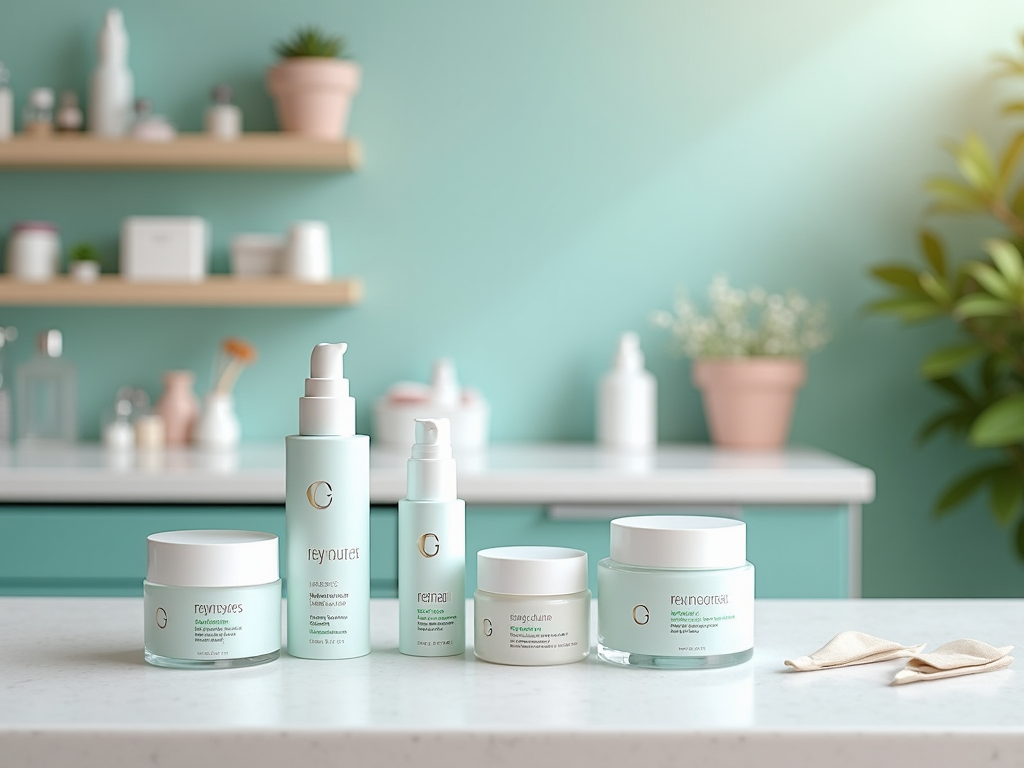For anyone seeking a transformative skincare solution, understanding the intricacies of a chemical peel is essential. These cosmetic treatments promise not only enhanced skin texture but also the alleviation of various skin concerns. From deep-set wrinkles to hyperpigmentation, chemical peels can offer remarkable results. Before diving in, it helps to equip yourself with knowledge about the types, benefits, and recommendations for pre-and post-care to ensure a smooth journey. A well-informed approach can enhance your experience and ensure optimal results, aligning seamlessly with your skincare goals.
What is a Chemical Peel?

A chemical peel is a skincare treatment that involves applying a specific chemical solution to the skin. This solution exfoliates by removing the outer layers of dead skin cells, allowing healthier skin to surface. Through this process, you can expect an improvement in skin texture and tone. Many individuals opt for this procedure as part of their regular skincare regimen, particularly to rejuvenate their appearance. With various types of peels available, each designed to target specific skin issues, the right choice can lead to stunning results that surpass initial expectations.
Types of Chemical Peels

Chemical peels can be classified into three primary categories based on their depth and effectiveness. Each type serves a unique purpose and is suitable for different skin concerns.
| Type of Peel | Depth | Commonly Used Chemicals | Best For |
|---|---|---|---|
| Superficial Peels | Light | AHAs (Glycolic, Lactic) | Minor skin discoloration and dryness |
| Medium Depth Peels | Moderate | TCA (Trichloroacetic Acid) | Fine lines and pigment alterations |
| Deep Peels | Deep | Phoenol | Severe sun damage and deep wrinkles |
Benefits of Chemical Peels
The advantages of chemical peels extend beyond mere aesthetics. For patients, these treatments represent a pathway to healthier skin with multiple benefits:
- Improves Texture: Enhances the skin’s surface, making it smoother and more refined.
- Reduces Scars: Effective in diminishing the appearance of acne scars and other blemishes.
- Evans Skin Tone: Promotes a more even complexion by addressing hyperpigmentation and discoloration.
- Stimulates Collagen Production: Aids in promoting new skin cell growth, resulting in youthful, vibrant skin.
Who is a Good Candidate for a Chemical Peel?
While many individuals can reap benefits from chemical peels, some skin types and conditions yield better results. Various factors determine candidacy for this treatment:
- Skin Type: Various skin types, including oily, dry, or combination, can benefit from different chemical peels.
- Skin Concerns: Individuals dealing with issues such as acne, pigmentation problems, or sun damage are often ideal candidates.
- Health Considerations: Always disclose any medical conditions or medications to your skincare professional prior to treatment.
Pre-Treatment Considerations
Preparation is key to ensuring the success of your chemical peel. Essential steps will help optimize your experience:
- Consultation: Engage in an in-depth discussion with a qualified dermatologist or skincare professional to ensure the right peel for your needs.
- Avoid Certain Products: Refrain from using retinoids, AHAs, and any strong exfoliants at least one week prior to the treatment.
- Sun Protection: Protecting your skin from the sun mitigates irritation and potential damage. Consider wearing hats and sunscreen.
The Chemical Peel Procedure
Understanding the actual process can set realistic expectations for what you may experience during your treatment:
- Cleansing: First, the skin will be thoroughly cleansed to remove any makeup or oils, creating a clear canvas for the peel.
- Application of Chemical Solution: The selected chemical solution is applied evenly across the face or targeted area.
- Neutralization: Depending on the specific treatment, the peel may be neutralized to halt its effectiveness at a certain point.
Post-Treatment Care
Proper aftercare is crucial for maintaining the results of your chemical peel and promoting the healing process:
- Moisturize: Keeping the skin hydrated is imperative to reduce dryness and flaking.
- Avoid Sun Exposure: Protect your newly treated skin with sunscreen daily to prevent discoloration and irritation.
- Follow Up: Consider scheduling follow-up appointments to monitor your skin’s progress and implement any necessary adjustments.
Conclusion
Embarking on a chemical peel journey can reshape your skincare routine and rejuvenate your complexion. Understanding the different types of peels, their myriad benefits, and key considerations helps you make informed decisions. Preparation and aftercare are just as crucial as the treatment process itself. Consultation with a professional will inform you about the best type to suit your unique skin needs, further enhancing your results. Ultimately, well-executed chemical peels can lead to vibrant, radiant skin, maximizing your confidence and beauty.
Frequently Asked Questions
- What can I expect during a chemical peel? You may experience a tingling sensation or mild discomfort, depending on the depth of the peel.
- How long is the recovery time? Recovery can vary; superficial peels heal within a few days, while deeper peels may take weeks.
- Are chemical peels safe for all skin types? Most skin types can benefit, but consulting with a professional is essential to find the right peel for your skin.
- How many treatments will I need? This varies by individual and skin concern; many find that multiple sessions yield optimal results.
- What are the side effects of chemical peels? Common side effects may include redness, swelling, and peeling, which typically subside within a week.





